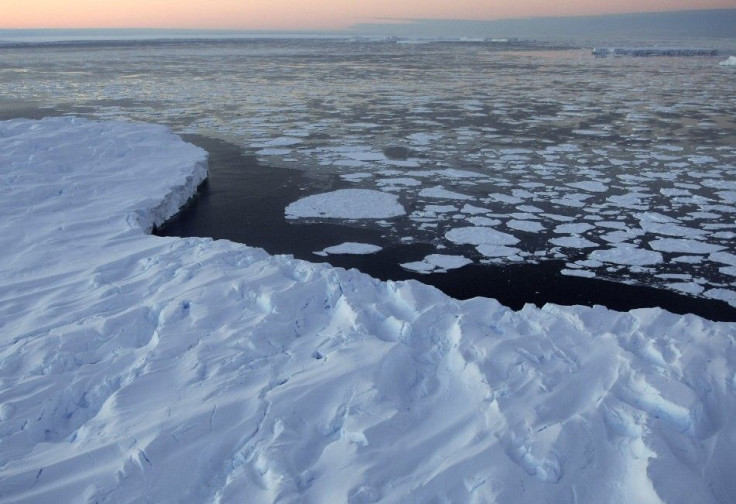Iceberg Can Be Towed To Supply Fresh Water For Drought Areas: How? [VIDEO]

More than two billion people in the world live without access to clean drinking water, and recent droughts in Africa have left 12 million people without water. To aid them, French eco-entrepreneur Georges Mougin plans to harvest icebergs across the world to solve the water shortage.
Since 40 years ago when he first came up with his plan to end drought, Mougin, 86, has tried to figure out a way to tow freshwater icebergs across the Arctic. While experts deemed it too expensive and difficult to carry out his plan, now the once-unthinkable dream is about to come true.
With the help of computer simulations from French software firm Dassault Systems, hid project to make usage of the "floating reservoirs," as Mougin himself describes it, is proven to be viable and affordable.
When icebergs break off from the ice caps of Greenland and melt into the salty ocean, billions of gallons of freshwater is lost without quenching anyone's thirst. Mougin has invented a system for encircling an iceberg with a harness containing a skirt made from an insulating textile. The skirt unfolds underwater and covers the iceberg so it would not melt. Then the iceberg will ride on ocean currents till it's towed to the lands suffering from drought.
According to results suggested by 3D computer simulations, a single tugboat from Newfoundland can transport 7 million tons of iceberg to the Canary Islands in less than five months without melting the iceberg.
Initial simulations showed the tug floundering after it hit an eddy and resulted in too much melting and heavy fuel consumption. After changing the departure date from May to mid-June the tug was able to tow the iceberg in just 141 days with only 38 percent melting. The remaining iceberg still have plenty of fresh water for consumption and it only cost 6 million pounds.
The cost of the project still remains a neck. Towing the iceberg from Newfoundland to the Canary Islands would cost an estimated $9.8 million.
Mougin hopes the latest proof from the simulations will allow him to raise fund for a trial run next year that will tow a smaller iceberg from Antarctic to Australia.
If successful, 30-million ton iceberg will supply 500,000 people with fresh water for a year.
© Copyright IBTimes 2024. All rights reserved.




















